This article is intended for those who have already read the brief post called Magick Vs. Sorcery and who are ready to move into further understanding of the categories of Magick.
Those who already understand that Magick is simply the Art and Science of influencing change to occur in accordance with the Will may yet be unaware of or have confusion regarding the various styles, modalities, and traditions of Magick.
So, let us de-mystify the details concerning Magick. This article is based on over a decade of Low Magick experience and further years of study in the Western Magickal Tradition under the guidance of respected mystery school teachers, in addition to rigorous independent study. This article will divulge important specifics about the occulted subject of Magick.
Definitions of Magick
First things first: Let us repeat the definition of Magick as defined by the Gray Magician Aleister Crowley. "Magick is the Art and Science of causing change to occur in conformity with Will." The reason that Magick is considered Art is because we can experiment and create new methods. Magick is a Science because it can be repeated with success. It should also be noted that Aleister Crowley chose to spell the word Magick with a “k” to differentiate it from stage magic and this spelling has since become a convention among Light-workers.
Other Golden Dawn Magicians such as Dion Fortune (author of Mystical Qabalah) considered Aleister Crowley’s definition to be the most accurate definition of Magick, except she believed that magickal change is a change in consciousness rather than a change in external material circumstances. This means that if the practitioner of Magick were to, for example, wish for improved health, then after the Magick ritual has been performed, the Magician’s own psyche will have improved. His or her subconscious mind or limbic system will have been commanded and activated with the intention of improved health so that he/she will subconsciously begin to make better decisions that will lead to improved health…as if by Magick!
Dion Fortune is correct, and any accomplished Magus can attest that this is exactly how Magick works. To the inexperienced Light-worker, the psychological mechanism behind how Magick works may not initially sound as appealing as the idea of externalized entities such as angels or elementals ushering in magickal results to you from afar. However, once you witness substantial positive results and realize the enormous power that is available to you from within your own psyche, the psychological basis behind Magick becomes all the more exciting.
Donald Michael Kraig, a contemporary authority on Magick and the author of Modern Magick, expands on Aleister Crowley’s definition of Magick as follows: "Magick is the Science and Art of causing change (in consciousness) to occur in conformity with will, by means not currently understood by Western science." He expands on the definition, not only to highlight the change in consciousness, but also to make clear that Magick is not supernatural; It is a perfectly natural phenomenon that scientific institutions have not yet been able or bothered to explain.
Another distinction to make in the definition of Magick is what kind of change constitutes Magick? Does a trivial act such as walking across a room or brewing a cup of tea count as a magickal act? That depends on who you ask. Donald Michael Kraig doesn’t think so, but Aleister Crowley believed that “every intentional act is a Magickal Act.” Perhaps Crowley was correct. It may be the case that the more enlightened (or aligned with Truth) that one becomes, the more one’s entire life becomes a series of magickal rites of passage leading to the completion of that one grand magickal goal: the completion of the Great Work. The Great Work can be summed up as obtaining Knowledge and Conversation with one’s Holy Guardian Angel or Higher Self.
According to the occult expert Michael Tsarion, yet another definition of Magick can be paraphrased as a creative output that affects someone on all four levels of the self –spiritually, emotionally, intellectually, and physically. For instance, the music of a great band that has the power to profoundly transform someone on all four of these levels can be considered a form of Magick.
Magick can also be looked at as “Light-work,” and many practitioners of Magick identify as Light-workers instead of Magicians in order to distinguish themselves from stage magicians or illusionists. In order to understand what Light-work is, we must understand the properties of Light. To reference Michael Tsarion’s article Light, Magic, and Masonry, “the essence of all cognitive processes is light,” which emanates from the “dark soil of emotion.” Drawing more from Michael Tsarion’s article, it can also be said that the structures of the left-brain arise from and digitize the vision of the right-brain and limbic system or emotional world, giving us the output of an apparently hard material world. Therefore, according to Tsarion, the light that we experience as visual reality consists of both knowledge and emotions, perhaps more so than it consists of light emanating from the Sun. This internal psychic and bio-energetic light is the substance that the Light-worker wields in order to create positive influence and it is the same light that a sorcerer wields to blind and bedazzle others with, while hiding behind the shadows that it casts.
Along with these definitions of Magick, always bear in mind that true uplifting Magick or Light-work must be performed in alignment with the Higher Will, the True Self, Universal Consciousness, or God. This distinction between Magick and sorcery bears repeating because the moment that the so-called “magick” is being conducted in alignment with the fear-based false will of the ego is the moment that White Magick turns to gray or even black. It can then, no longer be considered Magick, as it is now sorcery. We will expand on these styles of Magick next.
Three Styles
Now that we have a few good definitions of Magick understood, we can organize Magick even further into the primary three styles. The style category of Magick is where we discuss the moral implications of conducting Magick versus sorcery. Again, the prerequisite information of the difference between Magick versus sorcery can be read in the short post Magick Vs. Sorcery, but once it is clearly understood that the key difference between the two lies in the alignment of one’s will, then one can consciously choose to practice one of the following three styles of Magick:
-
White Magick
-
Gray Magick
-
Black “magick” (sorcery)
White Magick

Referencing back to Donald Michael Kraig’s Modern Magick, the idea behind the White variety of Magick is that it is a Western approach to Yoga, which means Union (Union with the Higher Self, Source, or God). This take on White Magick is similar to Aleister Crowley’s definition of the Great Work: “attainment of Knowledge and Conversation of the Holy Guardian Angel.”
It is important to note that this interpretation of White Magick has very little if anything to do with accumulating material belongings or improved circumstances for the self or for others, because White Magick is all about positive internal changes. It is about getting oneself in alignment with Truth, in alignment with Natural Law morality, and having that Knowledge and Conversation with one’s Holy Guardian Angel.
Donald Michael Kraig’s definition of White Magick is as follows:
“White Magick is the science and art of causing change to occur in conformity with will, using means not currently understood by traditional Western science, for the purpose of obtaining the Knowledge and Conversation of your Holy Guardian Angel.”
However, because Kraig does not make the distinction between Higher Will and lower will and does not include Natural Law in his definition of White Magick, here is an improved definition of White Magick:
White Magick is the Art and Science of influencing change to occur in accordance with the Will and with Natural Law morality, for the purpose of obtaining Knowledge and Conversation with one’s Holy Guardian Angel or Higher Self and completing the Great Work.
Gray Magick

Let’s move on now to Gray Magick. In terms of morality, Gray Magick is neutral. The goal of Gray Magick is to cause a positive change for yourself or for others, whether a material or non-material change. This style of Magick is not necessarily up to par with one’s highest aim, although it can be. Conversely, Gray Magick is not necessarily in contradiction to one’s Great Work or to Natural Law morality. However, if the Magus is not consciously practicing the Magick, he or she is likely to go astray from the moral neutrality of Gray Magick. This is because the moment that the practitioner becomes misaligned with the Higher Will or Natural Law principles is the moment the practitioner starts conducting Black “magick” or sorcery.
An example of Gray Magick that happens to be in alignment with the Higher Will is the attempt to influence the change needed in order to acquire monetary resources. If the Light-worker acquires these resources through Right Livelihood (doing moral work that doesn’t harm others) and ends up using the money to aid in self-improvement, then perhaps both Gray and White Magick have been executed. But, if this same wielder of Magick chooses to squander their newfound money on frivolous luxuries and vices, then plain old Gray Magick has been performed.
Kraig’s definition of Gray Magick:
“Grey Magick is the science and art of causing change to occur in conformity with will, using means not currently understood by traditional Western science, for the purpose of causing either physical or non-physical good to yourself or others, and is done either consciously or unconsciously.”
With that definition in mind, here is an updated definition of Gray Magick:
Gray Magick is the Art and Science of influencing change to occur in accordance with the Higher and/or lower will and Natural Law morality for the purpose of causing either material or non-material good for oneself or others.
Black "magick" (sorcery)
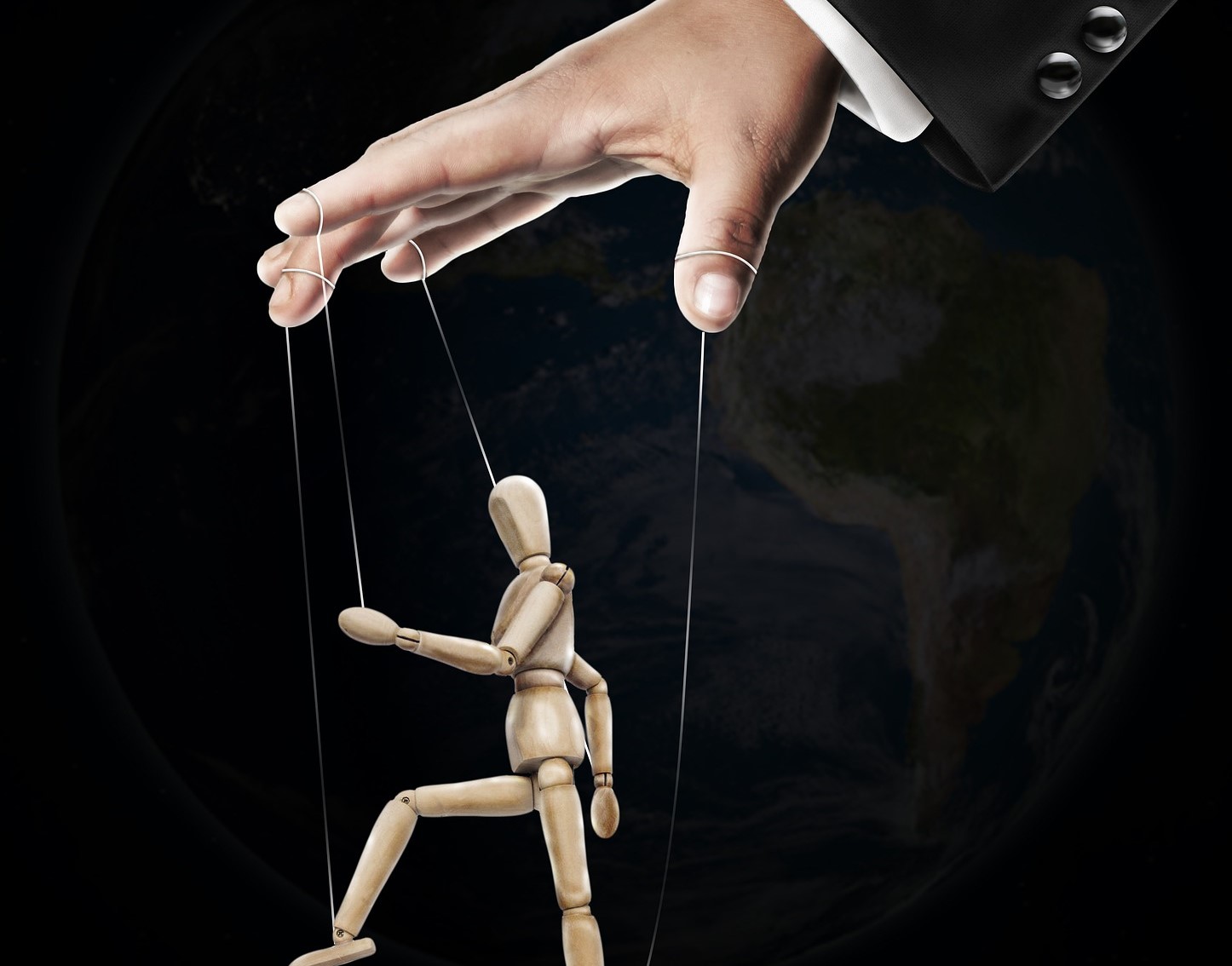
And that brings us finally to Black “magick,” so-called, which is really just sorcery. This is because “Black Magick” is an oxymoron. At first glance, the definitions of Magick and sorcery appear to be almost identical. Here is the comparison:
Magick: the Art and Science of causing change to occur in accordance with the Will.
Sorcery: the Art and Science of causing change to occur in accordance with the will.
The key difference between the application of White Magick and sorcery lies in whether the practitioner is in alignment with the Higher Will or the lower fear-based false will of the ego, respectively.
Kraig’s definition of Black “magick”:
“Black Magick is the science and art of causing change to occur in conformity with will, using means not currently understood by traditional Western science, for the purpose of causing either physical or non-physical harm to yourself or others, and is done either consciously or unconsciously.”
However, it should be mentioned that sorcery is not always performed with the primary objective of causing harm to others. In fact, sorcery might be performed with the positive outcomes of Gray Magick in mind, but with a misalignment to Natural Law morality, so that violence or harm might be employed against others as a means to an end.
Updated definition of sorcery:
Black “magick” (sorcery) is the Art and Science of influencing change to occur in accordance with the lower will and in discordance with Natural Law morality, by violating another’s free-will, inner world, or property, for the purpose of obtaining a perceived benefit or for the purpose of harming others.
An example of sorcery is the person who desires the acquisition of money and high social status who accepts a job opportunity as an evening news anchor and will be paid to routinely lie to the public. This sorcerer, the news anchor, will achieve their goal by disregarding Natural Law morality through the theft of truthful information and, therefore, the manipulation of others’ free-will choice. Since this person’s desire was in accordance with the false lower will, this person manifested an immoral job opportunity and then acted as a sorcerer by performing the job.
For anyone considering partaking in sorcery, it is well-worth taking into account the inevitable negative consequences that will emerge as a result. Whether you call it Universal or Natural Law, Consequentialism, the Golden Rule, the Wiccan Rede, etc., rest assured that the Principle of Cause and Effect is in motion.
As Aleister Crowley once said in The Sunday Dispatch, 1933 on the topic of being accused of being a “black magician:”
“I despise the thing to such an extent that I can hardly believe in the existence of people so debased and idiotic as to practice it.”
To avoid the potential for negative consequences of sorcery, the Light-worker should regularly check in with the Higher Self. By doing so, the Light-worker will gain awareness of his/her alignment or misalignment with the Universal Will. He/she will then have the opportunity to deliberately select a magickal style with conscious awareness of the likely consequences.
Three Modalities
There are also three modalities, or methods for implementing Magick. The modality is the action behind the Magick, and these modalities include the following categories:
-
Spirit Magick
-
Energy Magick
-
Sigil Magick
Spirit Magick

Spirit Magick involves working with the Psyche or Spirit. Essentially, Spirit Magick is working with Consciousness.
There are two methods of Spirit Magick, which include invocations and evocations. To invoke Spirit is to channel or take a spiritual energy or archetype into oneself. For instance, one might choose to invoke the Archangel Gabriel (representative of Care, emotions, feelings, and sensitivity) by surrounding oneself with the color blue, jasmine incense, thinking of the moon, the autumn season and the water element, and then chanting the name Gabriel. This is an example of a meditation that will allow the characteristics or quality of this archetype to come through to the practitioner. Another example of an invocation is when an actor channels the personality, ego, or the spirit of a fictional character into themselves on stage.
The next mode of practicing Spirit Magick is to evoke or summon an entity. Whether you believe that a particular ethereal entity exists or even can be evoked, the idea behind this practice is that an entity (whether a diety, angel, demon, elemental, etc.) can be summoned before you.
Energy Magick
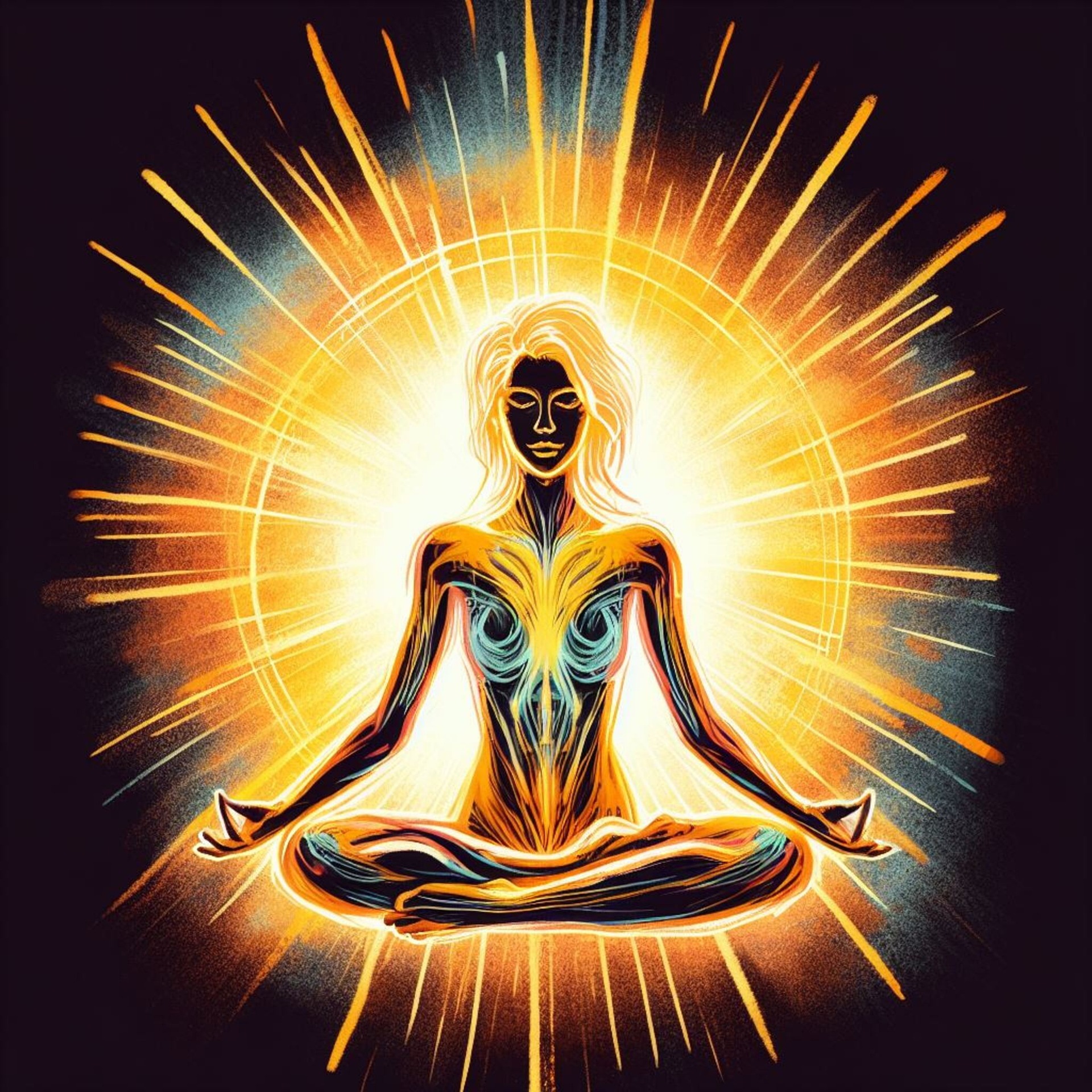
Energy Magick is a modality that involves building bio-energy in the Magician, because energy is required to perform a magickal act. Some of the ways to increase bio-energy include performing Tantric breathing exercises or Pranayama such as Breath of Fire, doing energy work or Qigong, performing rituals such as the Middle Pillar, or doing any activity that increases vitality. Some of the most effective and practical ways to perform Energy Magick include eating healthy vibrant foods, drinking pure filtered water, and getting adequate sleep and exercise. A Light-worker can derive energy from plants, animals, or crystals, whether through consumption or proximity, but a true Light-worker who is in alignment with Natural Law morality should never take the life of another sentient being unless there is a self-defense or survival need to do so.
Sigil Magick
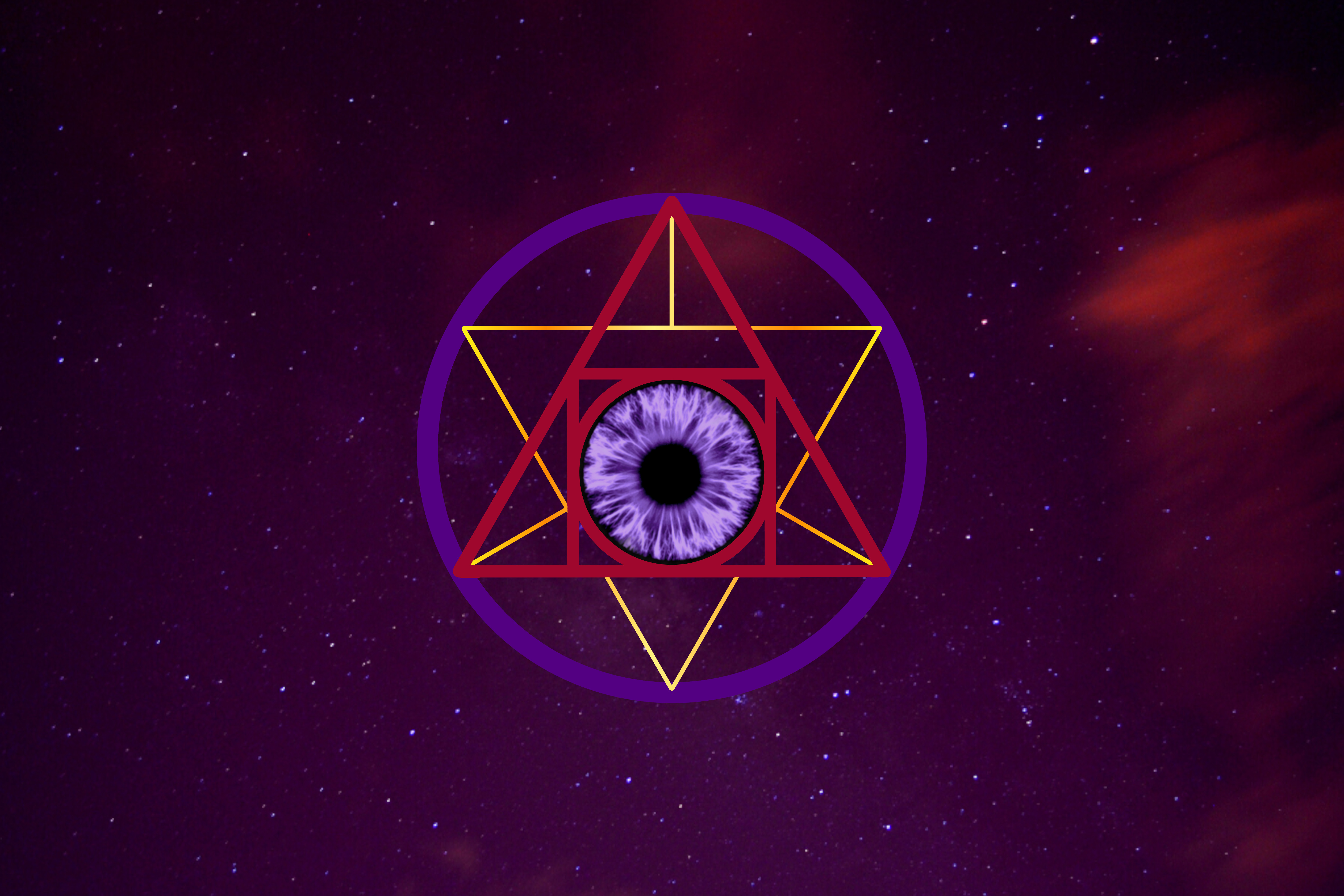
Sigil Magick involves working with a sigil or a symbol that represents a desire. In brief, the process of performing Sigil Magick includes making the sigil, charging it, and then activating it. This form of Magick is, again, working with internal processes or internal change to fulfull the desire.
The basic steps of Sigil Magick are to first create the sigil by drawing or otherwise constructing a symbol representative of one’s desire. Ideally, it is best to develop amnesia of what the sigil represents before moving on to the next steps. A sort of amnesia can be acquired by simply allowing time to pass before moving on to the next steps. The practitioner would then charge the sigil through gazing at it while in a state of gnosis or trance. The last step is to activate the sigil, usually by burning it or thrusting towards it with The Enterer pose. Finally, think “Set it and forget it,” trusting that the magickal process is in the works. Through this process of sigil Magick, the desire or goal that the sigil represents will be imprinted onto the subconscious mind and the necessary steps will be carried out unconsciously by the Light-worker. The subconscious mind will do its work to imprint the desire back onto the conscious mind and into manifested reality.
Three Traditions
Last of all, there are three primary traditions when working with Magick. These traditions have much more to do with personal or aesthetic preference than they have to do with morality or efficacy. Many Light-workers gravitate towards traditions that resonate with them through their ancestral background or their natural temperament. For the best results, choose a tradition that will serve to balance the masculine and feminine components of the psyche. The three traditions are:
-
High Magick
-
Low Magick
-
Chaos Magick
High Magick
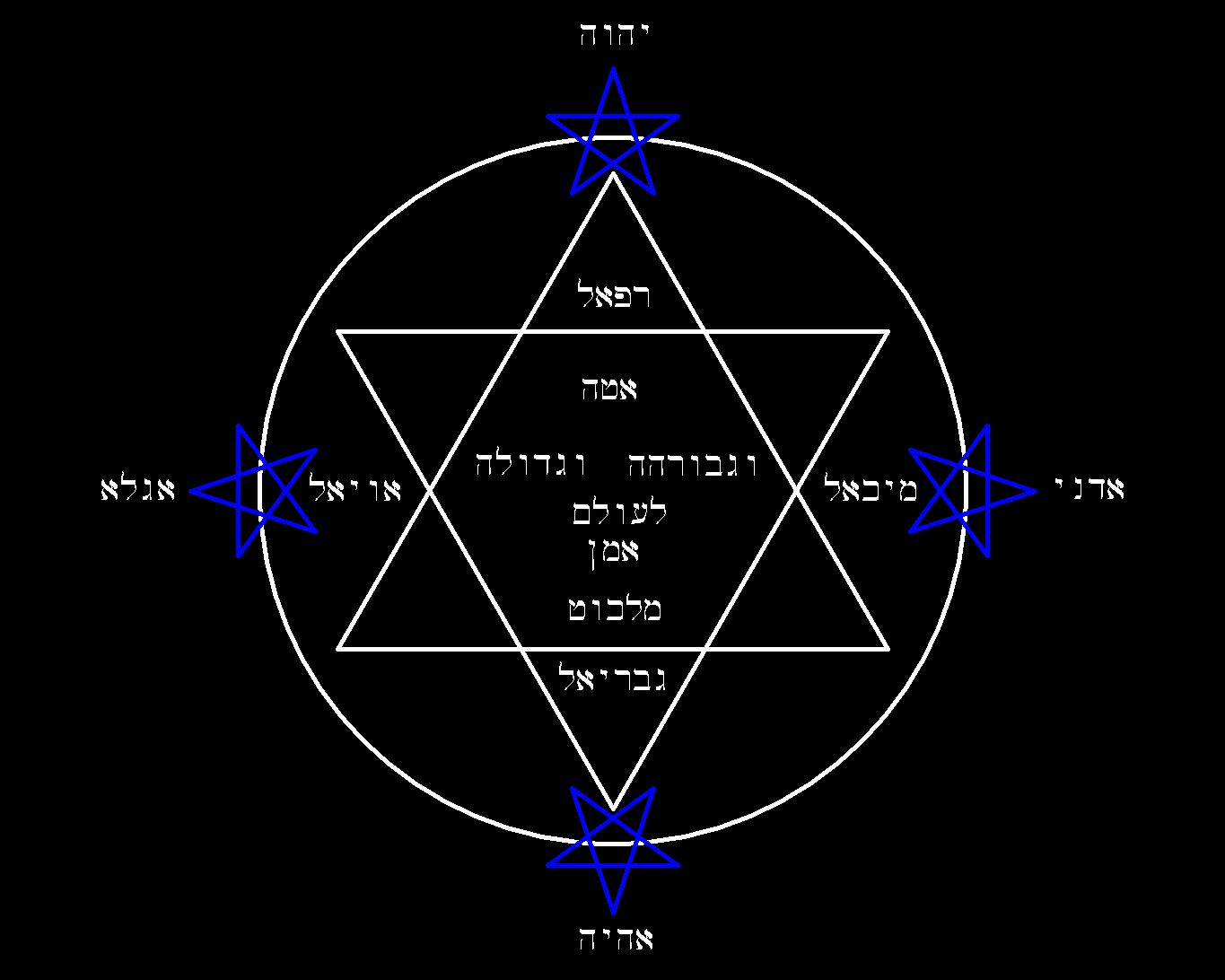
High Magick should not be thought of as better than Low Magick. Essentially, what High Magick entails is working with Magick in a formalized, ceremonial, or ritualistic way. High Magick is otherwise known as Ceremonial Magick or Ritual Magick. Think of it as a complex practice that is based in long-standing traditions with plenty of rules and a lot to memorize in the way of Astrology, symbolism, mantras, mudras, etc. Historically, High Magick would be reserved for the wealthier classes or those who were literate and could read sacred texts or record their work in grimoires.
A fitting example of High Magick (or sorcery, as it applies) is a Catholic Mass, wherein a newcomer would probably find themselves confused and unable to participate due to the complexity of the rituals. High Magick is the approach that the Western Mystery Schools such as the Golden Dawn teach.
Light-workers of a more masculine, “fiery,” or “airy” temperament, whether male or female, are likely to prefer or gravitate towards High Magick. This is Magick for the Western mind or left-brain oriented people and most of the traditions under High Magick tend to revere the masculine dieties or archetypes. It should be duly noted that, as Aleister Crowley suggests in Magick: Liber ABA, Book 4, the Magus who has heavy feminine, “earth,” or “water” energy in their astrological birth chart should incorporate work with the masculine aspects of the psyche— Will and the intellect, in order to counteract or balance a predominantly feminine, feminised, or right-brain imbalanced psyche.
Low Magick

Keep in mind again that Low Magick is not less than High Magick in value, efficacy, or morality. Low Magick traditions involve a more intuitive approach to Magick as opposed to the intellectual approach of High Magick. There is emphasis on working with the natural or seasonal cycles and incorporating whichever natural resources happen to be growing in one’s backyard.
An example of Low Magick practice is a Wiccan practitioner who observes the waning and waxing moon in preparation for a baking session using Kitchen Magick. This Wiccan practitioner also observes and celebrates seasonal changes. Low Magick has traditionally been practiced by agriculturists who kept track of seasonal cycles for farming. It has also been practiced by those who were unable to access or read the texts required for High Magick. It is the magickal tradition of Pagans and dissenters of mainstream monotheistic religions. Traditions such as Shamanism, Witchcraft, Wicca, Eastern Mysticism, etc., fall under the Low Magick category.
These traditions tend to exalt The Goddess archetypes and are sometimes referred to as the Goddess Tradition. Light-workers who are of a more feminine, “earthy,” or “watery”—grounded and sensitive temperament, whether male or female, are likely to prefer Low Magick. Remember that Aleister Crowley suggests in Magick: Liber ABA, Book 4 that one with predominantly masculine, “fire,” or “air”—highly driven and intellectual energy, in the birth chart should incorporate more work with the feminine aspects of the psyche. Therefore, Low Magick traditions could serve a left-brain imbalanced rigid mind quite well.
Chaos Magick
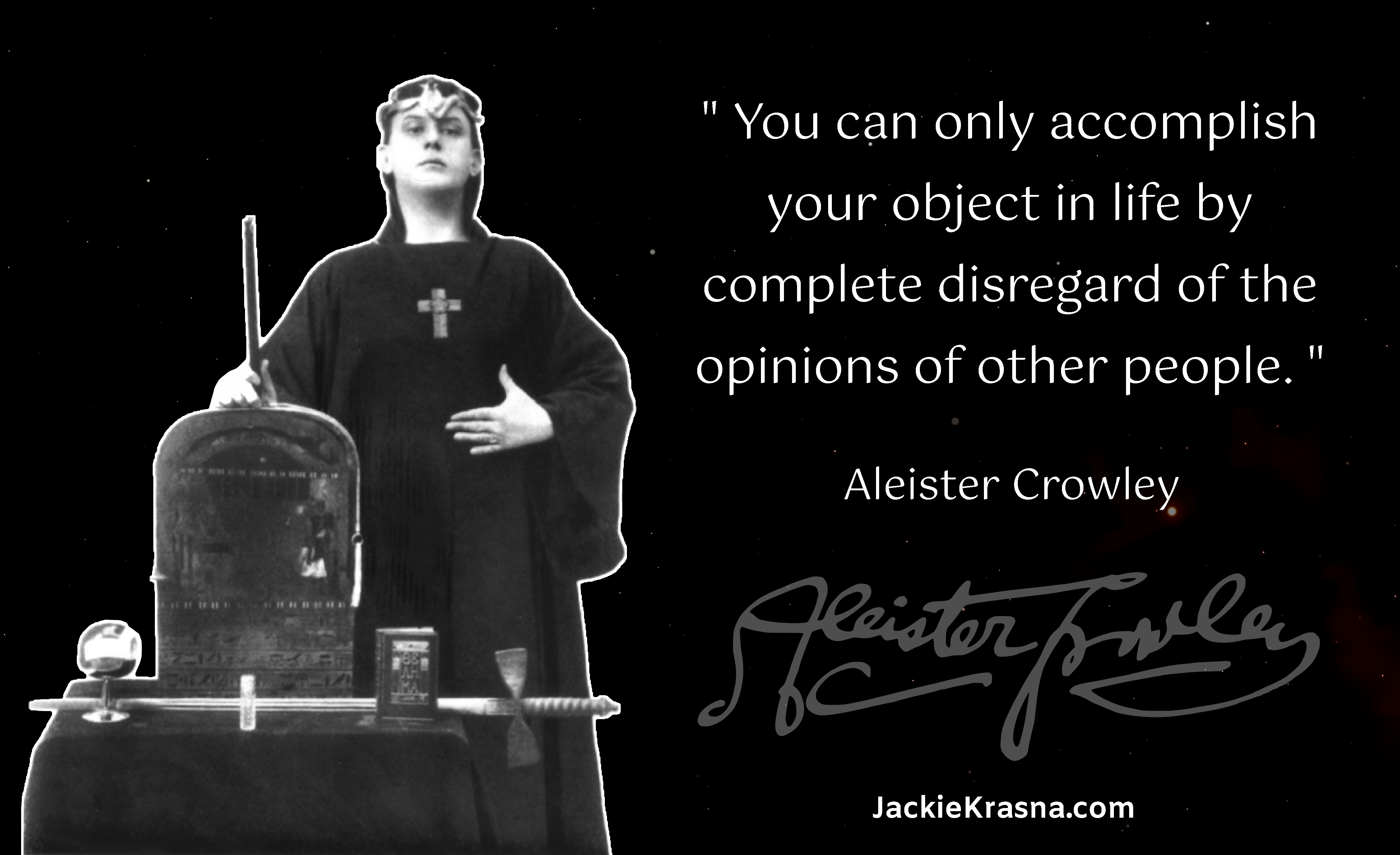
The phrase Chaos Magick may sound alarming at first. It may conjure images of sorcery or the creation of mayhem, but this is not the case. Chaos Magick is simply a tradition of Magick which combines High and Low Magick. This tradition was conceived by Aleister Crowley and it works for the Light-worker who does not want to be bound by every last formality or detail of High Magick and who also does not want to simply go with the flow under Low Magick practices. Chaos Magick is for the Light-worker who would like to take an experimental approach to Magick, honoring some formalities from an array of traditions, while allowing the Intuition always to be a primary guide. A great way of understanding Chaos Magick is to think of it as a buffet or an “A La Carte” method-- a little of this, a little of that.
An example of one who practices Chaos Magick is an individual who has a background in the Western Mystery Tradition, but who has also studied Tantric breath work, Qigong, Chakra-balancing, and the Native-American Medicine Wheel. This person develops a unique syncretic practice from a combination of these traditions. Other common examples of Chaos Magick Magi include Ordo Templi Orientis members, Thelemites, and independent Light-workers.
Conclusions
These definitions and classifications of Magick are important as an initial lesson for any Light-worker, because we need the appropriate moral and philosophical foundation on which to work and grow with Magick.
We must first know the difference between the three styles, or the moral basis of our Magick practice. If we cannot make the distinction between the Higher Self and the false self, which is driven by fear, or tell the difference between the True Will and lower will, then we may unknowingly continue to practice mere Gray Magick or even sorcery. We might cause harm to others through our ignorance if we don’t consciously choose a Magick style or do a periodic check-in and sanitation of the psyche.
We also want to understand the various modalities of Magick so that we may work with Magick swiftly and effectively, putting our intention into action with a deliberate approach and direction. With this understanding, we reduce the risk of falling for New Age wishful thinking, snake-oils, and other woo-woo practices that get us nowhere closer to results.
Finally, we must know the three traditions of Magick, so that we may find the right guidance from a school or organization or simply begin to trust our own inner guidance and the cycles of Nature. We might even choose a strategy that combines both paths.
Below are some resources for further study into Magick. Although the following teachers and lesson plans come highly recommended, make sure, as always, to exercise discernment to determine whether any of these teachings depart from Truth or Natural Law.
References
To gain the correct moral understanding as the foundation for magickal work, listen to the podcast: What On Earth is Happening, beginning with episode #1.
To understand the properties of Light and Light-work, go to MichaelTsarion.com and read the article Light, Magic, and Masonry. Check out the podcast by both Michael Tsarion and David Whitehead on Unslaved.com.
For further study into the basics of High Magick, the book Modern Magick: Twelve Lessons in the High Magickal Arts by Donald Michael Kraig makes for a great start. Those in need of structured lessons that cover the basics of all Magick styles, modalities, and traditions will benefit from the online mystery school by Brandy Joy called Magickal Mystery School. For more on High Magick traditions, a great resource would be to read Damien Echols’ High Magick: A Guide to the Spiritual Practices That Saved My Life on Death Row.
In the realm of Low Magick, some students may be interested in the popular Pagan tradition of Wicca. Recommended books on the Wiccan tradition are Wicca: A Guide for the Solitary Practitioner and Living Wicca: A Further Guide for the Solitary Practitioner by Scott Cunningham. Of course, there are many other Low Magick traditions to choose from, but Wicca is a syncretic approach that makes for a great basis for further exploration.
Those interested in the Chaos Magick tradition will benefit from reading Magick: Liber ABA, Book 4 by Aleister Crowley. To understand what the Great Work is, read Magick Without Tears by Aleister Crowley.


